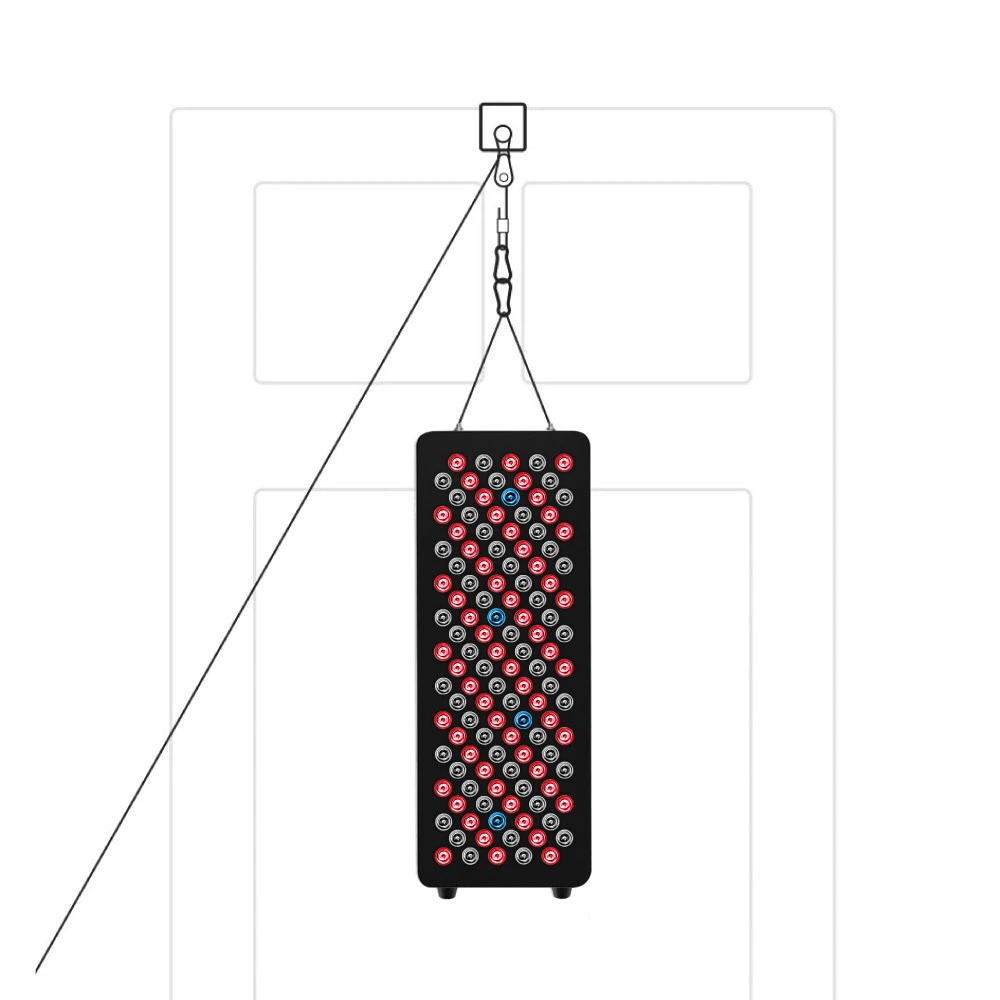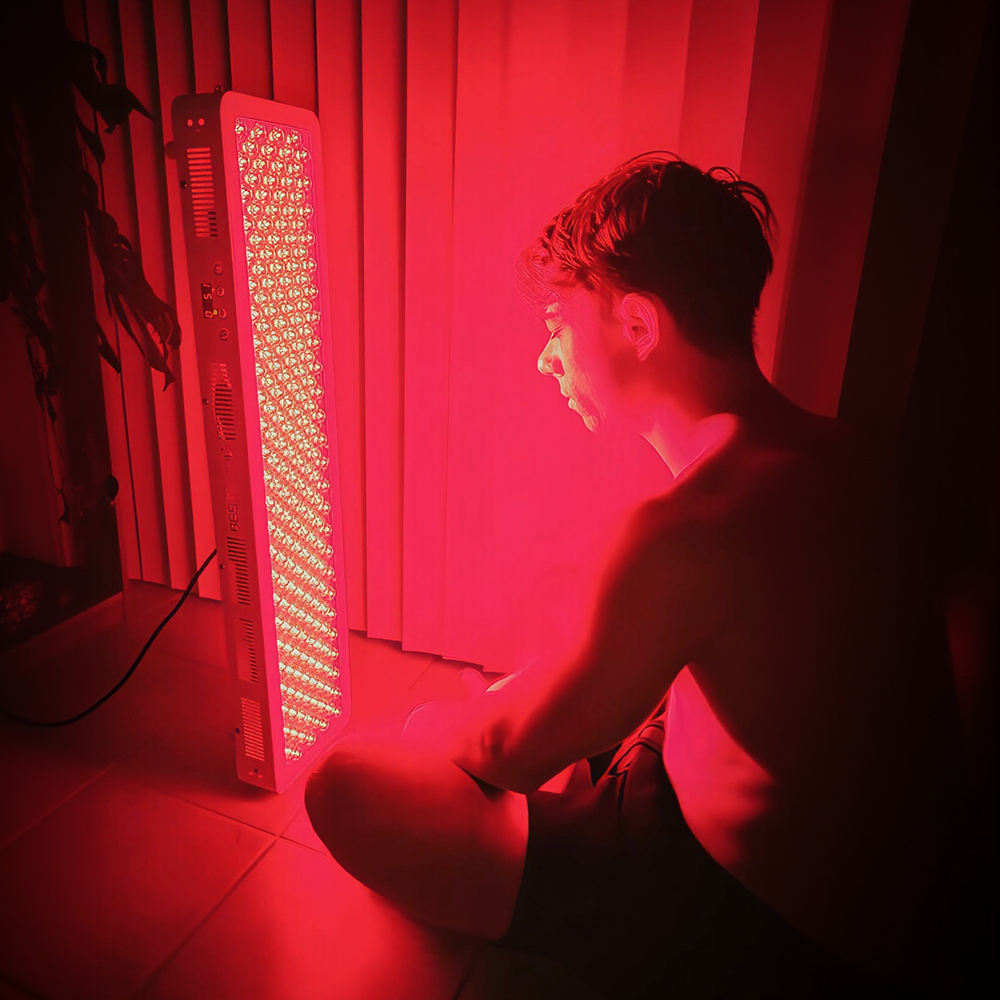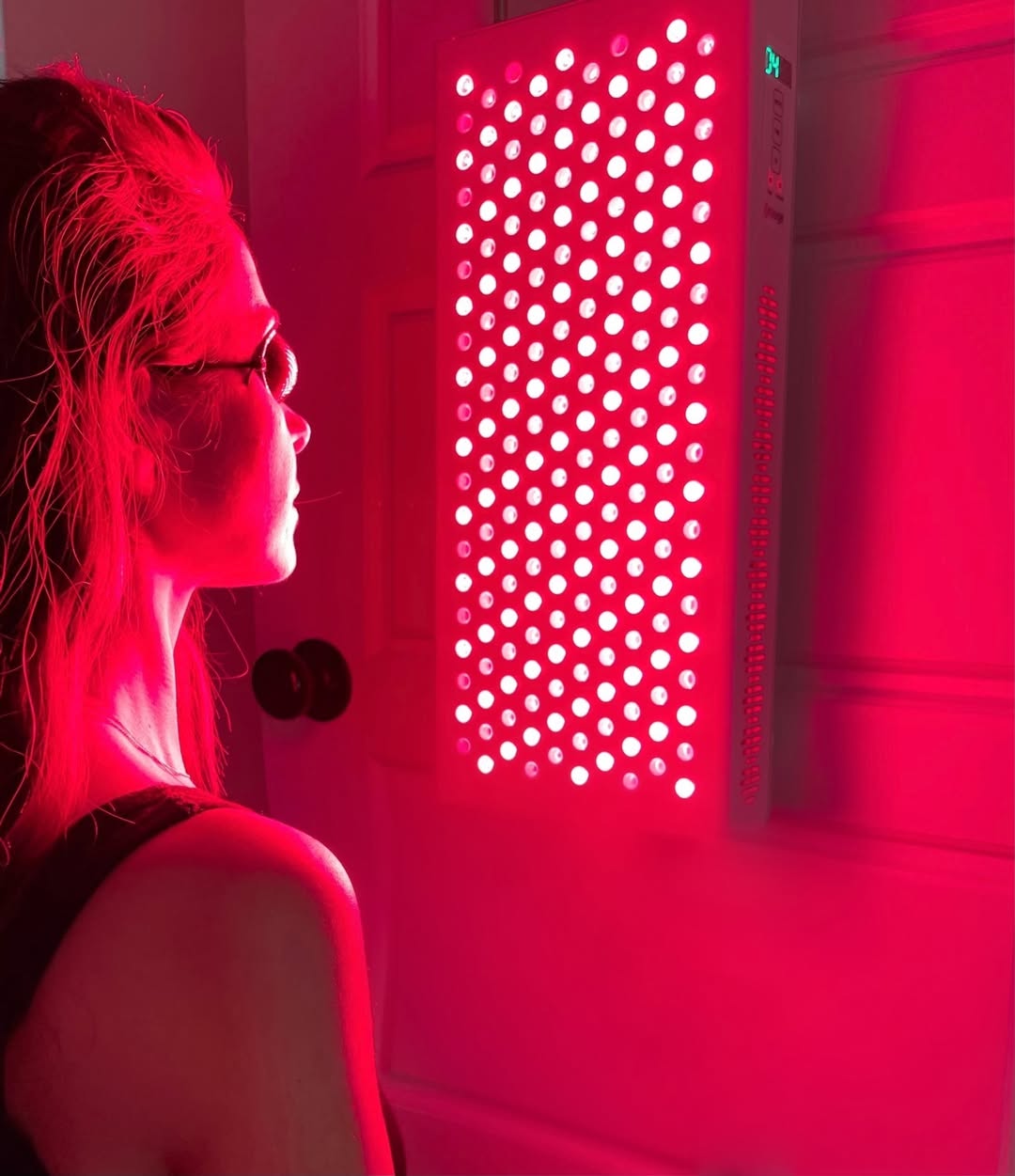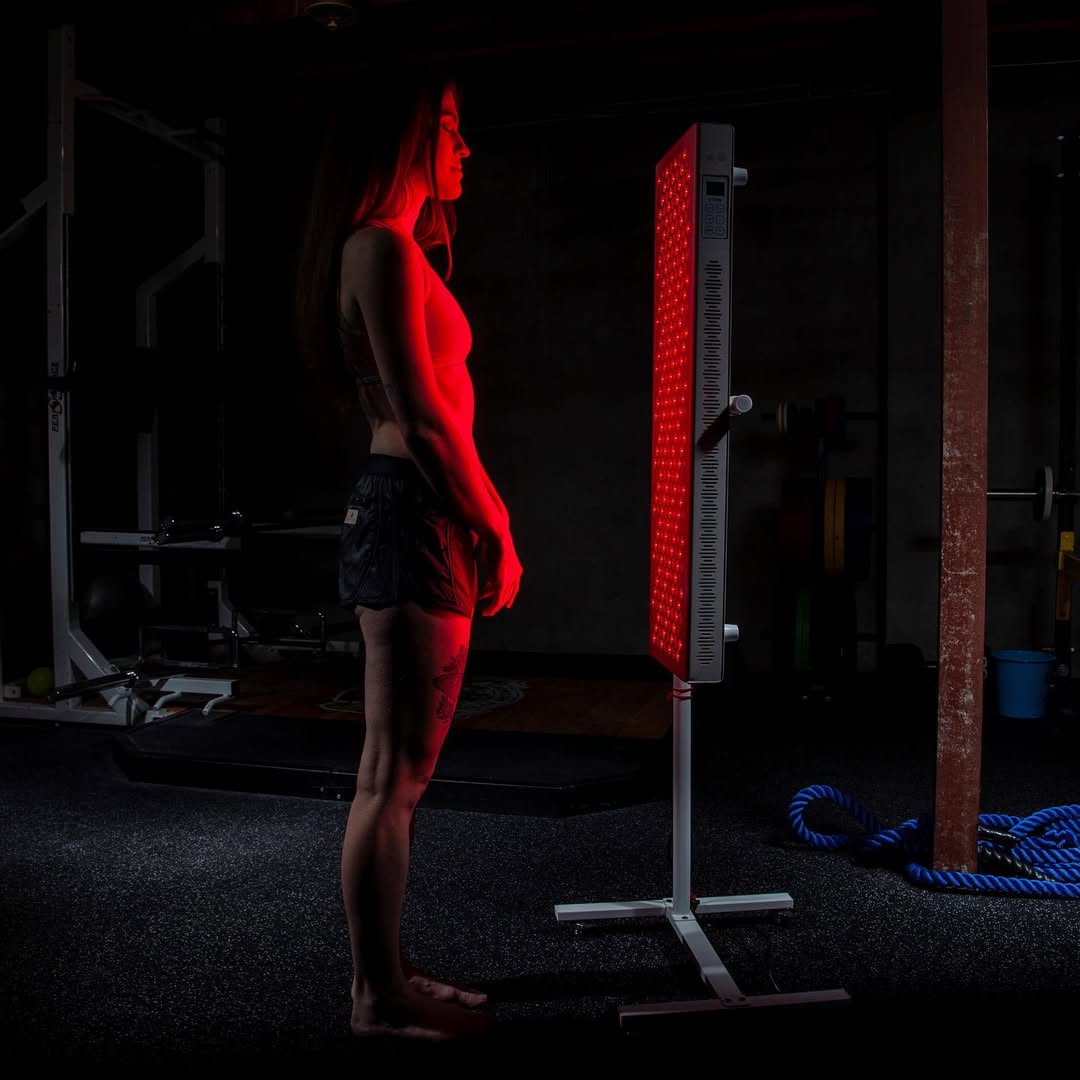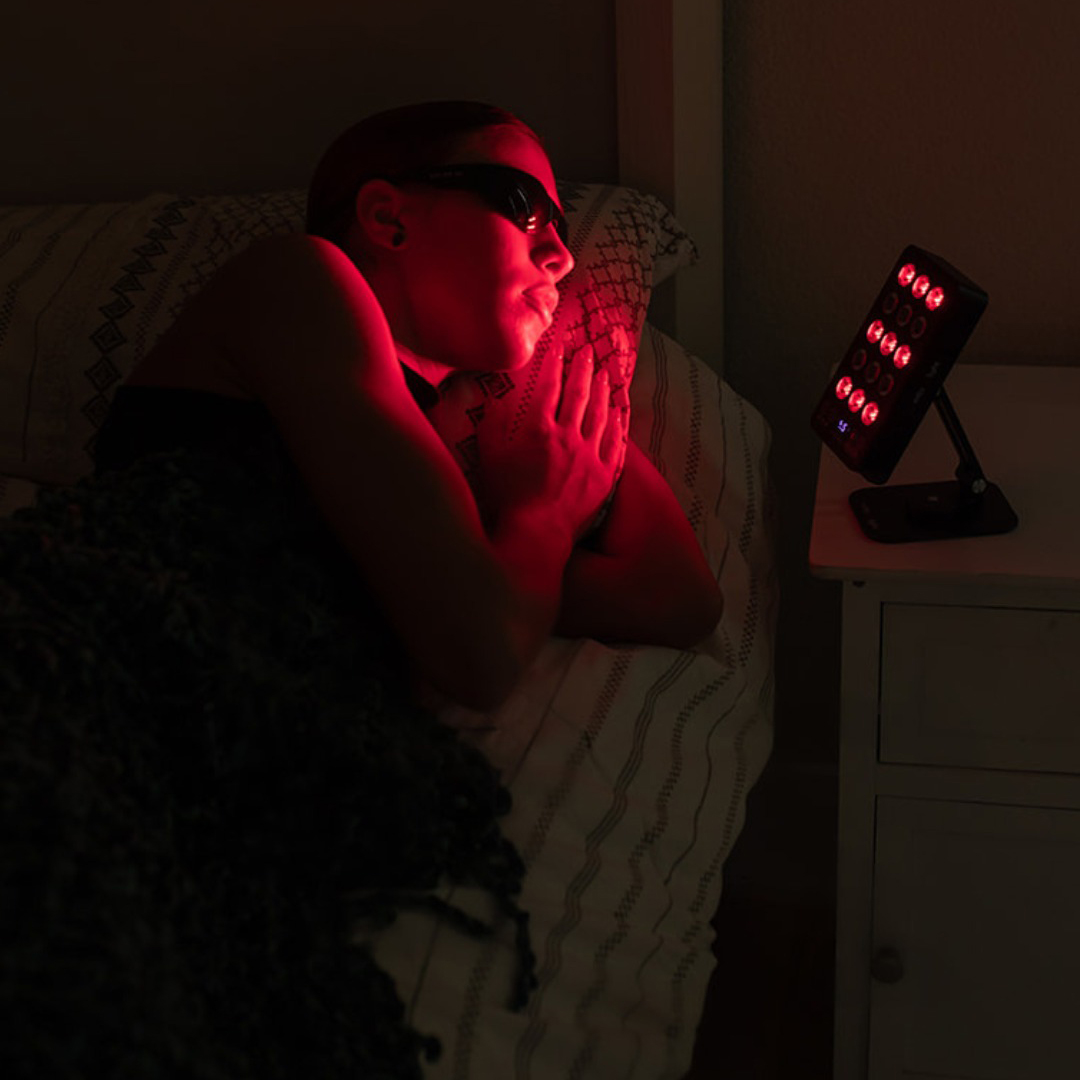![]() Free Shipping
Free Shipping ![]() Buy Now, Pay Later
Buy Now, Pay Later ![]() Eligible
Eligible
Red Light Therapy After Liposuction Accelerate Healing & Enhance Results
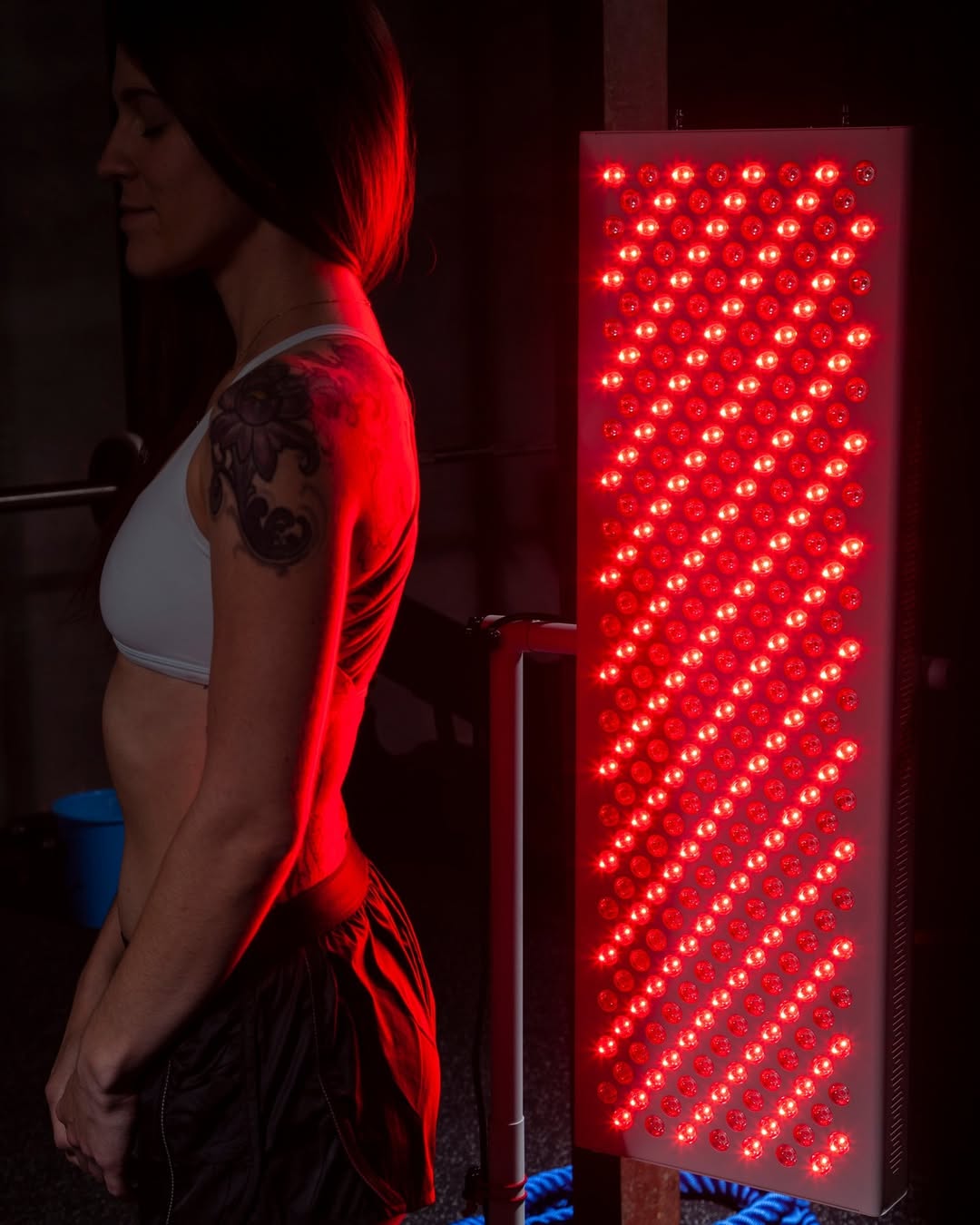
Undergoing liposuction is a significant step towards achieving your desired body contour. While the procedure effectively removes stubborn fat, the recovery process—marked by swelling, bruising, and discomfort—is a crucial period that determines your final results. Fortunately, modern advancements in post-operative care offer powerful tools to enhance healing. Among the most promising is Red Light Therapy (RLT).
This guide will explore how red light therapy works, its specific benefits after liposuction, and how you can integrate it into your recovery plan for smoother, faster, and more comfortable results.
What is Red Light Therapy (RLT)?
Red Light Therapy, also known as Low-Level Laser Therapy (LLLT) or photobiomodulation, is a non-invasive treatment that uses specific wavelengths of red and near-infrared light to penetrate the skin and stimulate cellular processes.
Unlike surgical lasers that cut or burn tissue, RLT works on a biochemical level. The light energy is absorbed by the mitochondria within our cells, often called the “powerhouses of the cell.” This absorption kicks starts a series of events, primarily boosting the production of adenosine triphosphate (ATP), the fundamental energy currency of the cell.
Dr. Emily Sanders, a board-certified plastic surgeon, explains: “Think of your cells as tiny batteries depleted after surgery. Red light therapy acts as a gentle, natural charger. By energizing the cells, we empower the body’s own innate healing mechanisms to work more efficiently and effectively.”
The Science of Healing: How Does RLT Benefit Liposuction Recovery?
The benefits of RLT are not anecdotal; they are grounded in scientific principles. By increasing cellular energy, RLT triggers several key healing pathways that directly address the common side effects of liposuction.
1. Reduced Inflammation and Swelling (Edema)
After liposuction, the body’s natural inflammatory response causes significant swelling. RLT has been shown to modulate this response, reducing the concentration of pro-inflammatory cytokines and increasing anti-inflammatory markers. This leads to a faster reduction in edema, which can also alleviate pressure and pain.
2. Enhanced Circulation and Bruise Resolution
The therapy promotes the formation of new capillaries (angiogenesis) and improves blood flow to the treated area. Better circulation means more oxygen and nutrients are delivered to the damaged tissues, while waste products are carried away more efficiently. This process significantly speeds up the clearance of bruising.
3. Accelerated Tissue Repair and Wound Healing
By supercharging fibroblast activity (the cells responsible for producing collagen and elastin), RLT strengthens the skin’s structural foundation. This leads to faster repair of the micro-trauma caused by the liposuction cannula and improves the overall quality of the healed tissue.
4. Pain Management
RLT can help manage post-operative pain by reducing inflammation and stimulating the release of endorphins, the body’s natural painkillers. It also aids in nerve regeneration, helping to restore normal sensation and reduce hypersensitivity in the treated area.
5. Improved Skin Texture and Tightening
One of the most valued benefits is RLT’s effect on skin quality. Increased collagen production helps to thicken and tighten the skin, potentially reducing the appearance of laxity or rippling that can sometimes occur after fat removal. This leads to a smoother, more contoured final result.
RLT vs. Other Post-Lipo Modalities: A Comparative Table
It’s common to use multiple recovery aids after liposuction. Here’s how RLT compares to other popular options.
| Modality | How It Works | Primary Benefit | Key Consideration |
|---|---|---|---|
| Red Light Therapy | Stimulates cellular energy (ATP) to reduce inflammation & boost collagen. | Holistic healing: reduces swelling, pain, bruising, & improves skin tightness. | Requires consistent sessions; results are cumulative. |
| Manual Lymphatic Drainage (MLD) | Gentle massage techniques to manually move lymphatic fluid. | Very effective at reducing swelling (edema) and fibrosis. | Requires a skilled therapist; passive for the patient. |
| Compression Garments | Applies constant, even pressure to the treated area. | Controls swelling, shapes the contour, and prevents fluid buildup. | Can be uncomfortable and is essential for all patients. |
| Radiofrequency (RF) | Uses heat energy to contract tissue and stimulate collagen. | Primarily for skin tightening and smoothing cellulite. | Typically used later in recovery, not for acute inflammation. |
A Senior Aesthetician notes: “RLT and MLD are a powerhouse combination. While MLD manually moves the fluid, RLT works at a cellular level to resolve the underlying inflammation causing the fluid retention. We often recommend them together for the most dramatic reduction in downtime.”
Your Post-Lipo Red Light Therapy Protocol: What to Expect
Integrating RLT into your recovery is straightforward. Treatments can be administered in a clinic or at home with a high-quality device.
Clinical vs. At-Home RLT
- Clinical-Grade Treatments: Performed by a professional, these devices are more powerful. A typical protocol might involve 2-3 sessions per week for 3-6 weeks, starting within a few days after surgery.
- At-Home Devices: Convenient and cost-effective for long-term use. These include panels, wands, and belts. Consistency is key—daily sessions of 10-20 minutes are often recommended.
Sample Recovery Timeline with RLT
| Recovery Phase | RLT Focus & Protocol |
|---|---|
| Acute Phase (Days 1-7) | Focus: Reducing inflammation, pain, and bruising. Protocol: Begin 48-72 hours post-op. Short, frequent sessions (e.g., 10 mins daily). |
| Subacute Phase (Weeks 2-4) | Focus: Enhancing circulation, resolving swelling, and beginning collagen repair. Protocol: Consistent sessions (e.g., 15-20 mins daily or every other day). |
| Maturation Phase (Months 1-6+) | Focus: Skin tightening, smoothing texture, and final contour refinement. Protocol: Maintenance sessions (e.g., 2-3 times per week) to support long-term collagen production. |
Is Red Light Therapy Safe After Liposuction?
RLT is widely regarded as very safe, with no known serious side effects when used as directed. It is non-invasive, painless, and does not emit harmful UV radiation.
VELLGUS Elite V2
THE #1 RATED RED LIGHT DEVICE
VELLGUS pro V2
THE #1 RATED FULL BODY RED LIGHT DEVICE
Conclusion: A Brighter Path to Recovery
Red light therapy is no longer a fringe wellness trend; it is a scientifically-backed modality that offers tangible benefits for liposuction patients. By directly targeting the root causes of post-operative discomfort—inflammation, poor circulation, and slowed cellular repair—RLT can significantly smooth the path to recovery.
From reducing painful swelling and unsightly bruises to promoting tighter, more supple skin, incorporating red light therapy into your post-lipo regimen is a proactive step towards unlocking the best possible version of your surgical results.



